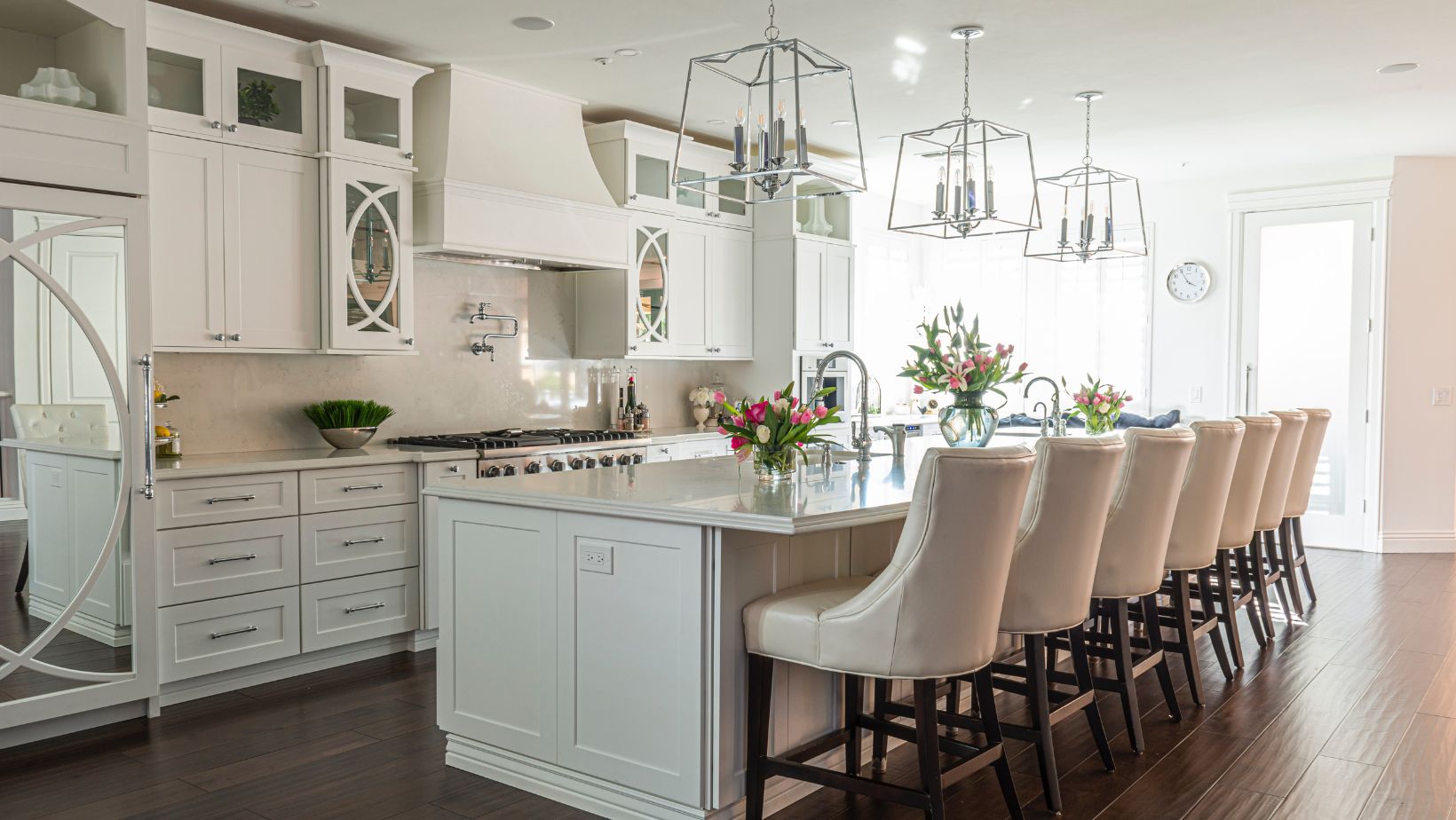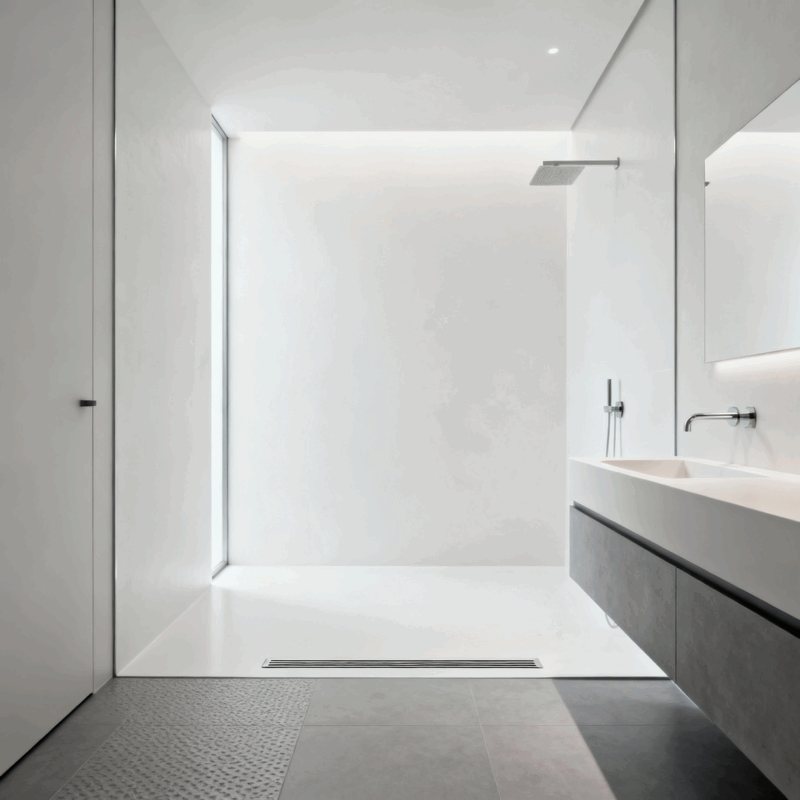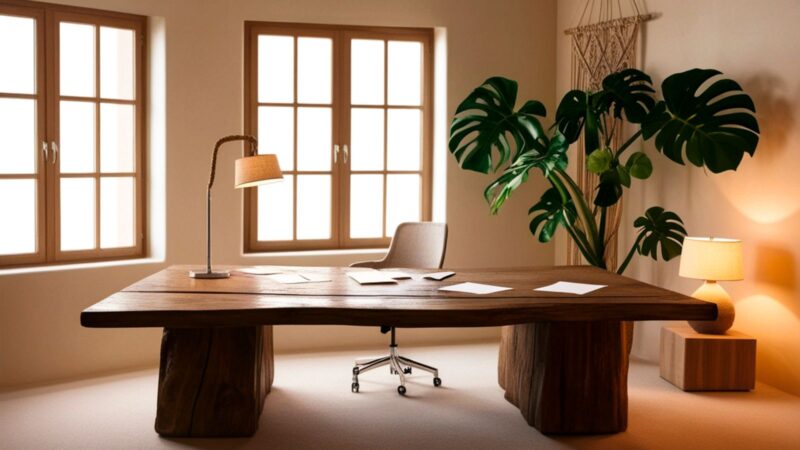Redoing a kitchen can be a significant investment, but the final result can transform your living space and add value to your home. In this article, we’ll break down the various factors that influence the cost of redoing a kitchen.
From the choice of materials to the size of the space, there are several elements to consider when estimating the cost of a kitchen renovation. Understanding these factors can help you plan your budget effectively and make informed decisions throughout the remodeling process. Stay tuned as we delve into the details of how much it typically costs to redo a kitchen.
Table of Contents
ToggleHow Much To Redo A Kitchen
Redoing a kitchen is a significant investment that can greatly enhance your living space and increase your home’s value. Understanding the costs involved is crucial when planning a renovation project. Here are some key factors that can influence the overall cost of redoing a kitchen:
- Size of the Kitchen: Larger kitchens typically require more materials, which can drive up the costs of the renovation.
- Materials Used: The choice of materials, such as countertops, cabinets, flooring, and appliances, can have a significant impact on the total cost.
- Labor Costs: Hiring professionals for installation, plumbing, electrical work, and other tasks will add to the overall expenses.
- Design Complexity: Intricate designs or custom features may increase the cost of the project compared to simpler layouts.
- Location: The cost of labor and materials can vary depending on the region, affecting the overall budget for the renovation.
In the next section, we will delve into the typical costs associated with redoing a kitchen, providing you with a clearer picture of what to expect when embarking on this remodeling journey.

Cost Factors to Consider
Material Costs
When redoing a kitchen, Material Costs play a significant role in determining the overall expense. The choice of materials, such as cabinets, countertops, flooring, and appliances, can vary greatly in price, affecting the total budget for the project.
Labor Costs
Labor Costs are another essential consideration when planning a kitchen renovation. Hiring professionals for installation, plumbing, electrical work, and construction will contribute to the total expenditure. It’s crucial to allocate a portion of the budget to skilled labor to ensure the project is completed efficiently and to high standards.

Budget-Friendly Alternatives
Refacing Cabinets
Refacing cabinets is a cost-effective option that involves updating the external appearance of the cabinets without the need for a full replacement. By keeping the existing cabinet framework and simply replacing the doors, drawer fronts, and hardware, homeowners can achieve a fresh look at a fraction of the cost of new cabinetry. It’s a great way to give the kitchen a new aesthetic without major structural changes.
Painting Cabinets
Another budget-friendly alternative is painting cabinets. A fresh coat of paint can transform the look of old cabinets, giving them a modern and updated appearance. Homeowners can choose from a wide range of colors to match their desired style. It’s a DIY-friendly option for those looking to refresh their kitchen on a tight budget. Redoing a kitchen involves strategic layout changes and appliance upgrades to enhance functionality and aesthetics. With an average cost ranging from $12,000 to $35,000, the return on investment can be substantial, typically between 80% to 100%. Popular upgrades such as stainless steel appliances and smart technology can elevate the kitchen’s value and streamline daily tasks. By investing in a full kitchen renovation, homeowners can create a space that not only meets their needs but also adds long-term value to their property. It’s essential to carefully consider the desired changes and budget to achieve a kitchen that is both practical and visually appealing.

![Skip to main contentSkip to toolbar About WordPress www.pushyourdesign.com 2222 updates available New View Post Insights WPForms 5 SEO5 WP Rocket UpdraftPlus Howdy, Joseph perez Screen OptionsHelp noticeAre you enjoying the Instagram Feed Plugin?YesNo Smart Post Show Enjoying Smart Post Show? We hope you had a wonderful experience using Smart Post Show. Please take a moment to leave a review on WordPress.org? Your positive review will help us improve. Thank you! 😊 Ok, you deserve ★★★★★ Nope, maybe later Never show again Edit Post Add New Post Please Setup Website Analytics to See Audience Insights MonsterInsights, the #1 WordPress Analytics Plugin, helps you easily connect your website to Google Analytics, so that you can see how people find and use your website. Over 3 million website owners use MonsterInsights to see the stats that matter and grow their business. Please Connect Your Website to MonsterInsights Learn More Hola! Would you like to receive automatic updates and unlock premium support? Please activate your copy of WPBakery Page Builder. Dismiss this notice. Add title Cost to Renovate a Kitchen: Layout Changes, Appliance Upgrades, and Popular Upgrades Explained Permalink: https://pushyourdesign.com/cost-to-renovate…grades-explained/ Edit Edit with Elementor Add Media Add FormVisualText ParagraphTOC Word count: 601 Last edited by Joseph perez on March 21, 2024 at 11:00 pm Move upMove downToggle panel: MonsterInsights Move upMove downToggle panel: Publish Preview Changes(opens in a new tab) Status: Published EditEdit status Visibility: Public EditEdit visibility Revisions: 2 BrowseBrowse revisions Published on: Mar 21, 2024 at 22:20 EditEdit date and time Don't update the modified date AIOSEO Score 67/100 Clear cache Move to Trash Move upMove downToggle panel: Categories Move upMove downToggle panel: Tags Add New Tag Separate tags with commas Choose from the most used tags Move upMove downToggle panel: Post Attributes Template Default template Move upMove downToggle panel: Cookiebanner Disable Complianz on this page Move upMove downToggle panel: Featured image How Much To Redo A Kitchen Click the image to edit or update Remove featured image Move upMove downToggle panel: WP Rocket Options Move upMove downToggle panel: AIOSEO Settings SERP Preview Favicon pushyourdesign.com https://pushyourdesign.com ›... Cost to Renovate a Kitchen: Layout Changes, Appliance Upgrades, and Po ... Redoing a kitchen can be a significant investment, but the final result can transform your living space and add value to your home. In this article, we'll break ... Post Title Click on the tags below to insert variables into your title. View all tags → Post Title Separator Site Title 119 out of 60 max recommended characters. Meta Description Click on the tags below to insert variables into your meta description. View all tags → Post Excerpt 3860 out of 160 max recommended characters. Cornerstone Content PRO Cornerstone content refers to the most important and informative articles or pages on your website that serve as the foundation for your content strategy. AIOSEO uses cornerstone content forinternal linking recommendations in Link Assistant.Learn More → Mark as Cornerstone Cornerstone Content is a PRO feature. Learn More → Focus Keyphrase Add Focus Keyphrase Get Additional Keyphrases Additional Keyphrases Improve your SEO rankings with additional keyphrases. Additional Keyphrases are a PRO feature. Learn More → Page Analysis Meta description length The meta description is over 160 characters. Content length The content length is ok. Good job! Internal links We couldn't find any internal links in your content. Add internal links in your content. External links No outbound links were found. Link out to external resources. Move upMove downToggle panel: Revisions Joseph perez, 3 months ago (March 21, 2024 @ 23:00:06) Joseph perez, 3 months ago (March 21, 2024 @ 22:59:40) [Autosave] Move upMove downToggle panel: Table of Contents Close dialog Featured image Upload filesMedia LibraryFree Images Filter mediaFilter by type Images Filter by date All dates Search Media list Showing 81 of 1081 media items Load more ATTACHMENT DETAILS image1-45.jpg March 21, 2024 226 KB 1640 by 924 pixels Edit Image Delete permanently Don’t let unoptimized images be the downfall of your site’s performance. Install Image Optimizer! Dismiss this notice. Alt Text How Much To Redo A Kitchen Learn how to describe the purpose of the image(opens in a new tab). Leave empty if the image is purely decorative.Title How Much To Redo A Kitchen Caption Description File URL: https://pushyourdesign.com/wp-content/uploads/2024/03/image1-45.jpg Copy URL to clipboard Selected media actionsSet featured image](https://pushyourdesign.com/wp-content/uploads/2024/03/image1-45.jpg)


